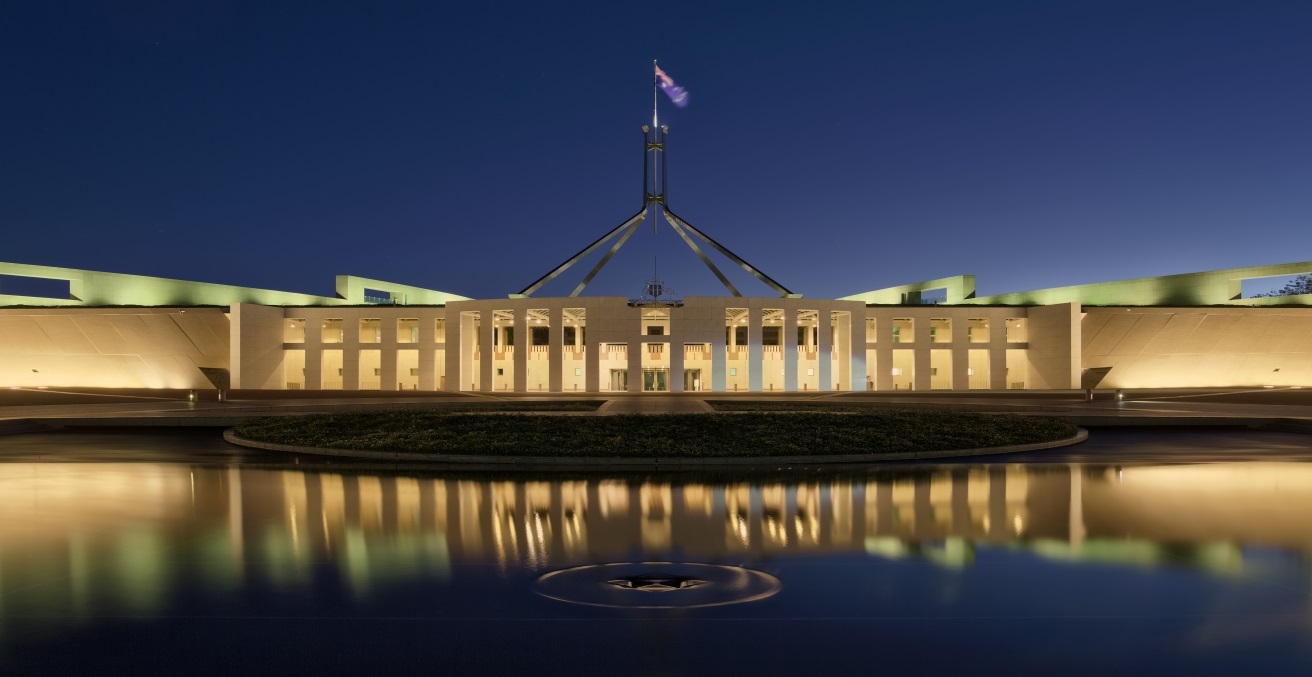Would you believe that there’s a an actual “scientist” who claims climate change is a scam? With 5.7 million subscribers, conservative YouTuber Steven Crowder has videos where his audience can’t help but nod along as one of his supposedly “qualified” guests reinforce their beliefs.
Fifteen years ago, Greenpeace exposed how Patrick Moore, once affiliated with the group, misused his past association to rebrand himself as an “environmentalist” while actively downplaying climate change. Seven years ago, Moore appeared repeatedly on Crowder’s channel to “debunk” climate science.
The pattern of climate denial is also revealing in who tends to drive it. Patrick Moore, Ben Shapiro, and Donald Trump: what unites them beyond their rhetoric? Wealth. It is well known that political conservatism is associated with a lower concern about climate change, but there is research to show that there is actually a greater polarisation amongst wealthier nations. Climate skepticism is often amplified by those with deep ties to fossil fuel interests. Many deniers are less motivated by ignorance than by ideology and self-preservation. Casting doubt on science conveniently protects industries and donors whose profits would suffer from robust climate policy.
To add to the heat, social media creators are willfully ignoring evidence, exploiting scientific complexity, and reducing it into digestible soundbites. Why? YouTube alone may earn up to $13.4 million a year in ad revenue from channels pushing climate denial content. A report from the Center for Countering Digital Hate (CCDH), The New Climate Denial, documents how these arguments evolve to stay relevant. Instead of outright denying climate change, skeptics now emphasise uncertainty, shift blame, or downplay urgency. This is not a passive ecosystem of ideas; it’s a business model that monetises doubt.
These videos are not carefully reasoned counterarguments, they are packaged with clickbait titles and a thin veneer of credentials. Our attention spans are now shorter than ever. Now, not only is it easy to feed on information without fact-checking, but it’s also rewarding to receive the instant gratification of approval from numerous like-minded strangers.
That profit motive underscores an uncomfortable truth: climate deniers aren’t naive. They are profiting from spreading misinformation and understand that a slick graphic or a confident voice on a podcast will often carry more weight than a technical research paper.
The social media rhetoric itself is slippery, shifting with the times. One of the most common tactics is to frame arguments in a way that feels factual but is deliberately narrow. Consider The Saltbush Club, which published an article citing climate scientist Bjørn Lomborg’s claim that more people die from cold than heat. Or the YouTube debate on skeptics v/s activists, with a credentialed physicist-epidemiologist blaming China. These arguments aren’t airtight, but they’re persuasive in context. They rely on selective data, obscure nuances, and the facade of expertise to present themselves as “sensible.”
In a world where visual simplicity beats dense scientific data, denial has the advantage.
Take Steven Crowder’s insistence that Antarctic ice sheets are growing. The claim contradicts mainstream science, but to his audience, it resonates because it’s easy to picture. Meanwhile, communicating the nuances of ice mass balance, satellite data, and seasonal variability requires patience and trust—two things in short supply online. If denial thrives on simplicity, then science needs to adapt—not by dumbing itself down, but by becoming more accessible.
This is where responsibility falls not just on scientists but on platforms. Stricter guidelines for the spread of misinformation are urgently needed. YouTube, Facebook, TikTok, and others must recognise that their algorithms reward polarisation. Leaving misinformation unchecked under the guise of “free speech” ignores the societal costs. After all, nearly 16% of Americans don’t believe in human-caused climate change; that’s about 49 million people. Those people vote. They influence policy. And when one of the most developed nations in the world can’t build consensus on basic science, global climate action stalls.
If denial thrives on simplicity, then our response must be clarity. Making science accessible isn’t about diluting it, it’s about opening the doors wider. Citizen-science programs, community-based climate education, and transparent public communication can transform passive observers into informed participants. Peer-reviewed research will always be the backbone of climate understanding, but the bridge between the lab and everyday life must be strengthened through compelling visual media, responsible journalism, and evidence-driven storytelling.
We have already crossed the Paris Agreement’s 1.5°C limit, yet the urgency of that milestone is lost when scientific knowledge is concentrated among the few. Broadening access to education, economically, socially, and culturally, is one of the most effective ways to counter misinformation and ensure no community is left out of the solutions we desperately need. Climate action is not just a scientific challenge but a democratic one, and the path forward depends on empowering the public with the tools, the understanding, and the agency to demand better.
Ananya Sarma is pursuing a major in Environmental Science with a minor in Sustainable Development and International Relations at the Australian National University. Currently an intern with the AIIA’s Media and Communications team, she is passionate about bridging disciplines and writing on global and societal issues. Her experience across environmental and diplomatic sectors enables her to explore the intersections of sustainability, politics, and communication. As an Indian international student, she brings a global perspective to her work and is driven by curiosity, creativity, and a commitment to continuous learning.
This article is published under a Creative Commons license and may be republished with attribution.





